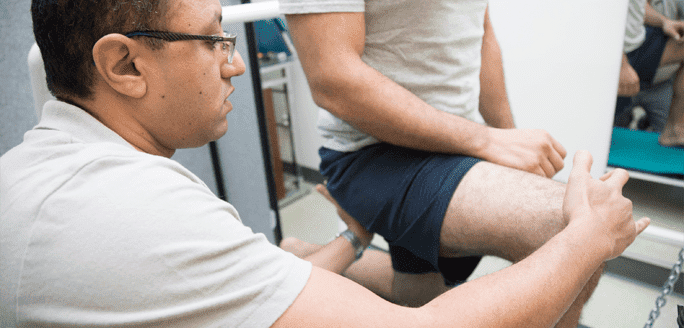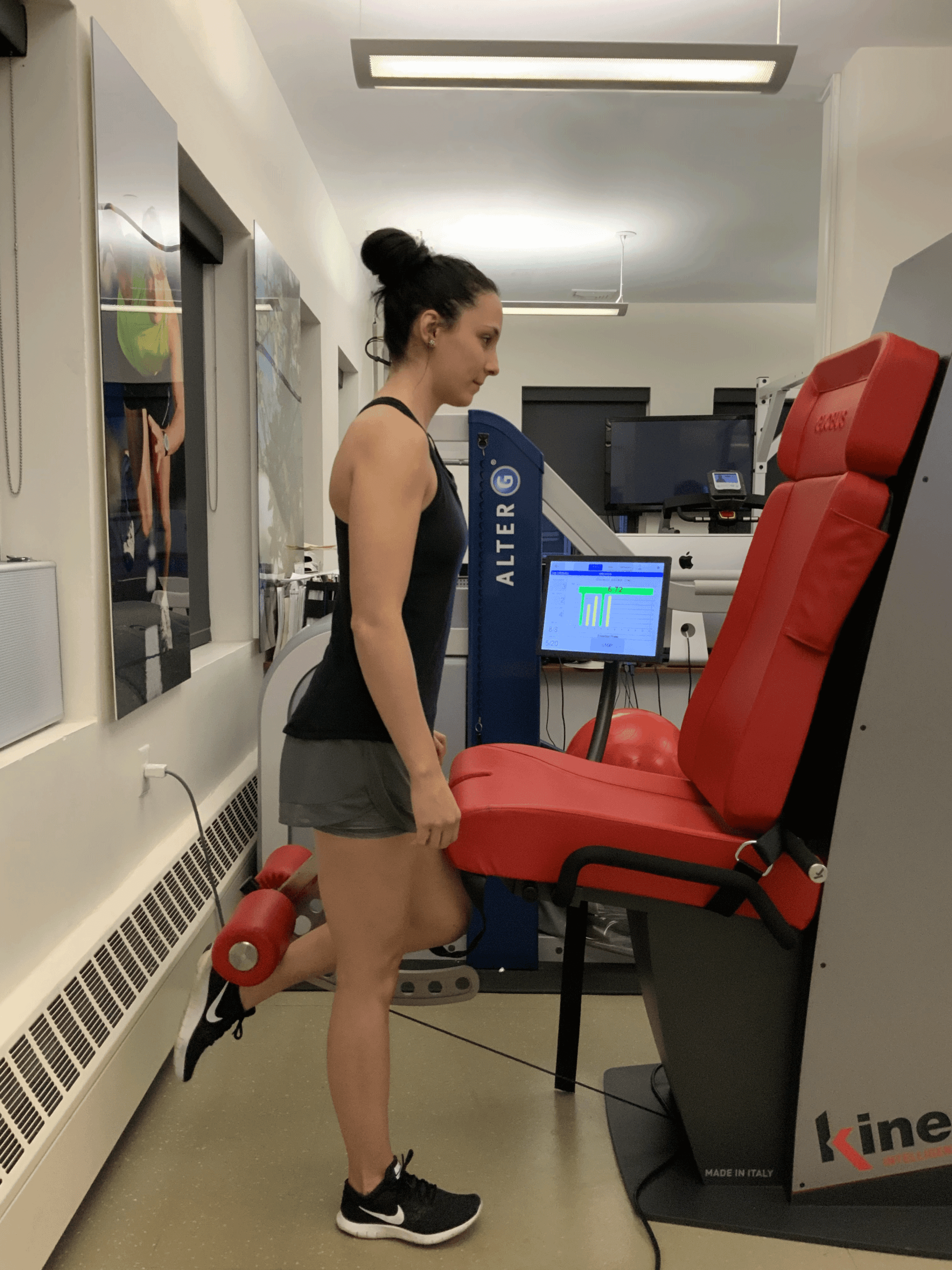August 14, 2023

Hamstring strains are common sports ailments. Many times, problems occur after previous strains. It is important to learn how Nordic hamstring exercises can prevent and help in the healing of these types of strains.
The best way to a solid routine, a person can improve movement and function and lower the risks of developing injuries. Most often, an issue happens when a person runs or stretches with hip and and knee movement.
Scientific studies prove that warmups and these exercises lower strain on the muscles better than following a routine geared to understand the reason why hamstring exercises are effective. To begin, research shows that these exercises encourage more hamstring activity than other exercises. A few doubts arise. Some individuals wonder if Nordic hamstring exercises affect the hamstring at the exact location where injuries most commonly are found. Also, some people are concerned that these exercises place greater strain on the dominant limb.
One particular study included 18 professional soccer players and split them into two groups. Responses were compared over a month of performing hamstring exercises.
The study concerning hamstring exercises uncovered that the two legs did become equally affected by the movement. Also, hamstring activity was at its peak during the middle phase. It remained raised at extended positions as well.
It is important torque remained unchanged.
These results were consistent with other statistics, which substantiates that these exercises torque.
No research is perfect. This study may have had a few downfalls. For example, this particular research did not include a large sample of people.
The followup period was not long, and trained individuals were involved. Finally, the study used uninjured people.

Dr. Lev Kalika is a world-recognized expert in musculoskeletal medicine. with 20+ years of clinical experience in diagnostic musculoskeletal ultrasonography, rehabilitative sports medicine and conservative orthopedics. In addition to operating his clinical practice in Manhattan, he regularly publishes peer-reviewed research on ultrasound-guided therapies and procedures. He serves as a peer reviewer for Springer Nature.
Dr. Kalika is an esteemed member of multiple professional organizations, including: